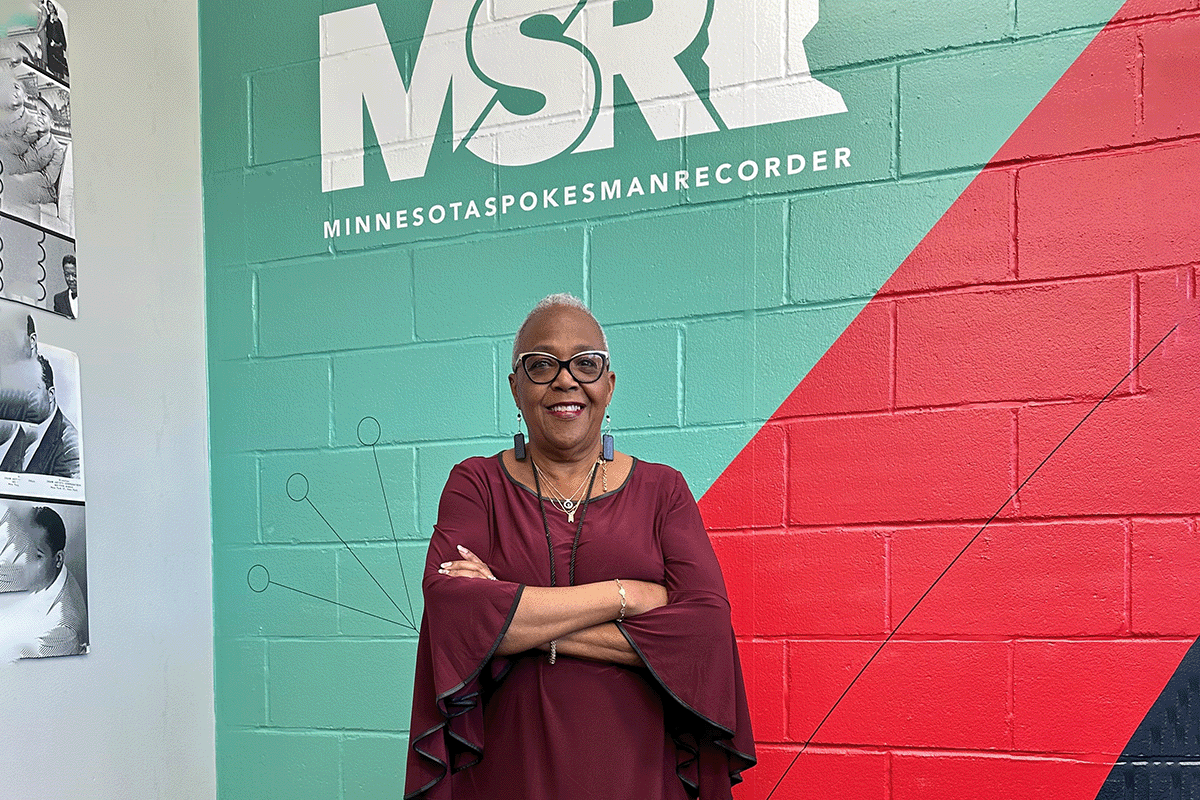If you were offered a higher interest rate at the time of acquiring your practice loan, refinancing might be a good step towards improving your financial health. Here’s what to consider before you decide if refinancing your practice loan is right for you.
It takes a lot of work to open your own practice. When the dust settles and you’re ready to grow your business, you may be looking for ways to improve the health of your financials. A good option is to revisit the terms of your practice loan. Refinancing your practice loan and existing debt could be a smart move if current interest rates are lower than the rate you were originally offered. In fact, the refinancing process can provide five important benefits for you and your business.
1. Lower your practice loan interest rate
One of the most common reasons borrowers refinance any type of loan is take advantage of a rate reduction. Depending on your credit score and the age of your debt, you may qualify for a lower interest rate. Reducing your rate by even a small percentage can translate into saving thousands of dollars over the life of the loan. For example, if you currently have a 10-year, $100,000 practice loan at 8% interest, refinancing the practice loan to a rate of 7% will lower your monthly payment from $1,213 to $1,161, and reduce your total overall interest from $45,593 to $39,330.
2. Improve your cash flow
Refinancing your loan can also help with cash flow challenges. If the interest rate on the refinanced loan is lower than that of your original loan, your new monthly payment and your overall expenses will be reduced. You can also extend the term of your loan when you refinance to get a lower payment. While this could result in paying additional interest over time, it can also help make your payment more manageable. By improving your cash flow, you can free up funds for other purchases that can help you grow your business, such as buying new equipment and technology, hiring additional staff members, or launching marketing campaigns that generate new leads.
3. Consolidate your debt
If you have more than one practice loan or if you have other forms of debt, such as credit cards or equipment loans, you may be able to consolidate them into a new refinanced practice loan. Debt consolidation can reduce your overall monthly payments, which can benefit your cash flow. It also streamlines your bills into one payment, which can save you time on managing your finances—a helpful benefit when you’re running a busy practice.
4. Speed up the practice loan payoff
Refinancing can also help you pay off your existing loan sooner. If you qualify for a better rate, the lower monthly bill could free up funds you can use to make larger or more frequent payments. Or you can also adjust the repayment terms of the loan when you refinance, creating a shorter timeline than your existing loan and ensuring an earlier payoff date.
5. Reduce your taxes
Finally, another benefit for refinancing a practice loan is that the associated costs could reduce your practice’s taxes. When you refinance a loan, you may incur expenses, such as origination fees, that may be tax deductible. The amount you might save on your annual return might outweigh the additional costs. Be sure to talk to your tax advisor to make sure this benefit is appropriate for you.
Other considerations when refinancing your practice loan
Refinancing practice loans can be a smart move for practitioners, however, it’s important to understand the process, so you can make the best decision for you and your business. Not all banks refinance practice loans, and when you’re starting out, you may have limited lender options. However, banks that do offer practice loans will usually also provide options for refinancing those loans. You may not need to shop around for a new lender; you may just need a new loan with your existing lender.
Another important consideration is the cost to refinance, which can vary depending on your lender and location. When you talk to a banking professional, ask about the expenses associated with refinancing and be sure to read the fine print. Fees can add up fast. Calculate the overall cost of the new loan, and then compare it to what you’ll pay if you keep your existing loan. You don’t want to go through the process of refinancing a loan only to find out you’ll pay more in the long run.
U.S. Bank offers financing for veterinary, eye care and dental professionals. Learn more about practice financing and refinancing your practice loan.

























































































